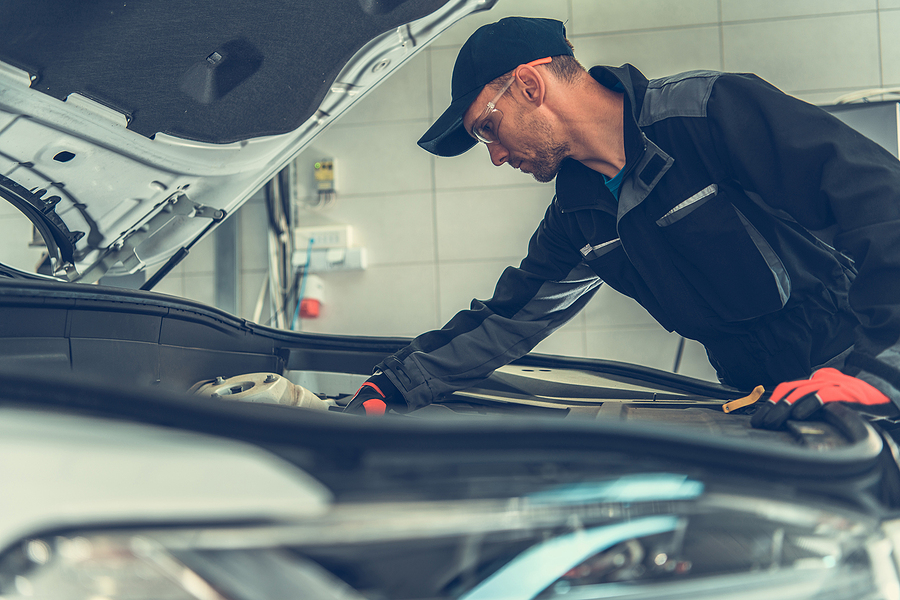
Looking Under the Hood: What’s Ahead for the Automotive Industry in 2023?
The automotive industry outlook shows it travelling down the road toward another challenging year. The global supply chain is still reeling from COVID-era issues resulting in slow manufacturing times. Reduced consumer demand for traditional vehicles is impacting the industry, and the gasoline crisis amid the Russia-Ukraine tensions is keeping people off the roads. Despite these challenges, there is great reason for positivity. Brighter skies are on the horizon.
One especially bright spot: Electric vehicles. EVs have taken the market by storm, with many manufacturers worldwide making pledges for increased production and utilization of this emerging technology. Along with that comes increased need for things like batteries and charging stations to support widespread EV use. It’s exciting to see the increased need for the infrastructure and tools required to go electric!
In this article — with information from The Economist Intelligence Unit’s (EIU) comprehensive Automotive Industry Outlook 2023 — we will highlight key trends to be aware of in the industry for the coming year.
Gas Uncertainty
As long as the tensions between Russia and Ukraine persist, gas prices and availability will remain a question mark — but it’s a trend that started long before those tensions erupted. It began with the COVID pandemic.
Beginning in March of 2020, demand for gas plummeted when the majority of the U.S. was put on forced isolation. People just weren’t commuting. The highways were like ghost towns. Midway through the pandemic, folks started wondering when was the last time they filled up their gas tanks. They might not have been able to remember, but the industry certainly did. It caused many of the oil refineries in the United States to stall or close their doors for good.
While refinery numbers are slowly creeping back up, challenges still exist. According to the Refinery Capacity Report from the U.S. Energy Information Administration (EIA), this past June saw a refining shortage of roughly one million barrels of oil a day compared to pre-pandemic numbers. Add that to the ongoing tensions in Eastern Europe, and the market has many questions to answer in regards to supply and refinement capabilities.
Supply chain shortages
While the global supply chain is rebounding from the unprecedented COVID-era delays, there is still work to be done and shortages of supply.
One of the most prominent concerns for the automotive industry is the status and availability of semiconductors. EIU anticipates that additional capacity for this essential piece of equipment won’t come until 2024 — and the shortages of essential minerals such as steel, aluminum, nickel and lithium won’t just impact the semiconductor market, but the production of EV batteries as well.
To combat this, many countries are taking action to increase local production and mineral extraction. The United States, for example, recently passed the CHIPS and Science Act of 2022. According to the White House briefing, the act will drastically increase domestic semiconductor research and production, and “strengthen American manufacturing, supply chains, and national security, and invest in research and development, science and technology (…) including nanotechnology, clean energy, quantum computing, and artificial intelligence.”
It remains to be seen if this can supplement the semiconductor shortage for 2023, but it is certainly a step in the right direction for future availability.
Stalled sales
After a rise in both new and used vehicle prices in 2022, sales for traditional automobiles are set to decline in 2023. The reasons include a perfect storm of reduced commuting time for people who continue to work from home, continued high gas prices and the aforementioned supply chain issues and semiconductor shortages, which caused a massive increase in cost for both new and used vehicles. The result? People are putting off buying new vehicles as their cars sit in their garages. One of the biggest culprits is simply the rising prices of new cars. Consumers paid $3,462 more on average for a new vehicle in 2022 than the previous year.
Slowly but surely, as the supply chain issues are repairing and more supply enters the market, sales and prices are set to decrease in the upcoming year. The EIU predicts that new car sales will decrease by 2.4% in North America… but estimated global vehicle sales of $79 million will continue to fall short of the pre-pandemic $88 million in sales.
“The total EV investment among automotive suppliers and manufacturers is set to reach $526 billion between 2022 and 2026.“
The EV wave
The shining star of the automotive industry in 2023 and beyond is the continued production and implementation of electric vehicles and charging stations.
While electric vehicles only accounted for 8% of global sales in 2021, production and market share is set to explode to an estimated 33% of global sales by 2028, and as high as 54% in 2035, according to Reuters. Not only that, but the total EV investment among automotive suppliers and manufacturers is set to reach $526 billion between 2022 and 2026, nearly double the investment from the beginning of the decade.
The EIU confirms that optimism, predicting that the sales of electric vehicles will grow by roughly 25% in 2023, to almost 11 million units. The ongoing tax breaks and subsidies provided by countries around the world are seemingly propelling this growth, with more incentive now than ever to join the EV automotive revolution.
We can help to navigate uncertainty
While the automotive industry outlook is set for a challenging year in 2023, there is still light at the end of the tunnel for manufacturers to get back on track and capitalize on new trends.
At USC Consulting Group, we are always ready to help your organization stay on top of the automotive industry. Give us a call today to ensure successful operations in the upcoming year and the foreseeable future.






